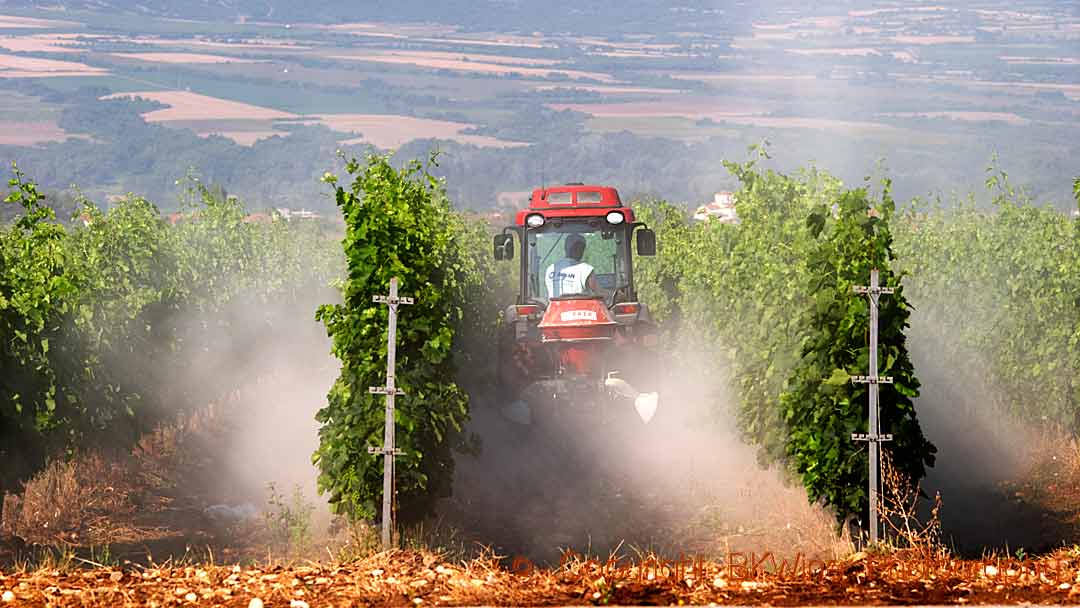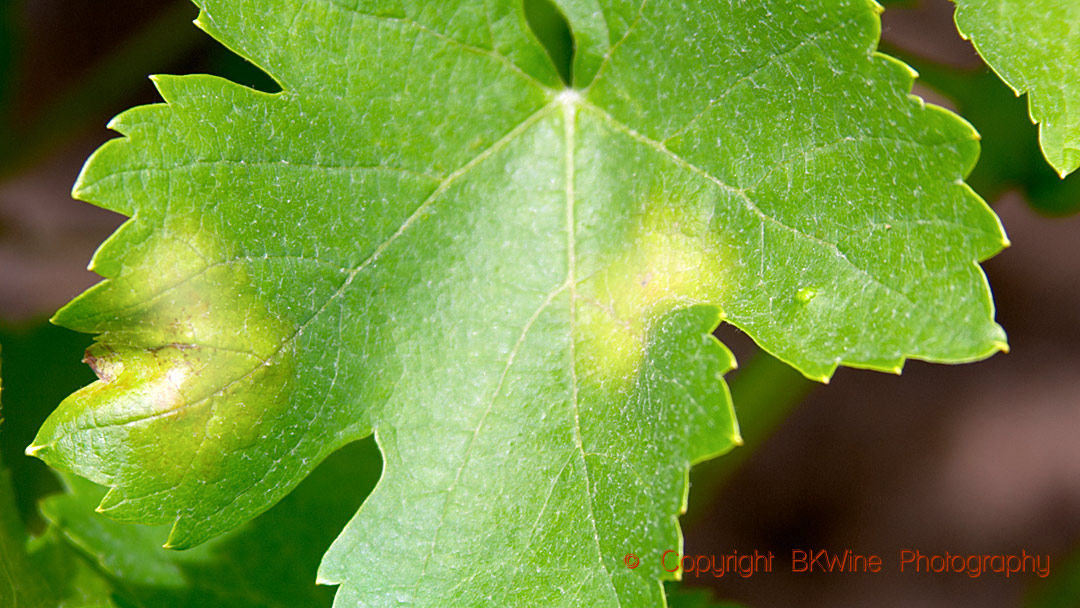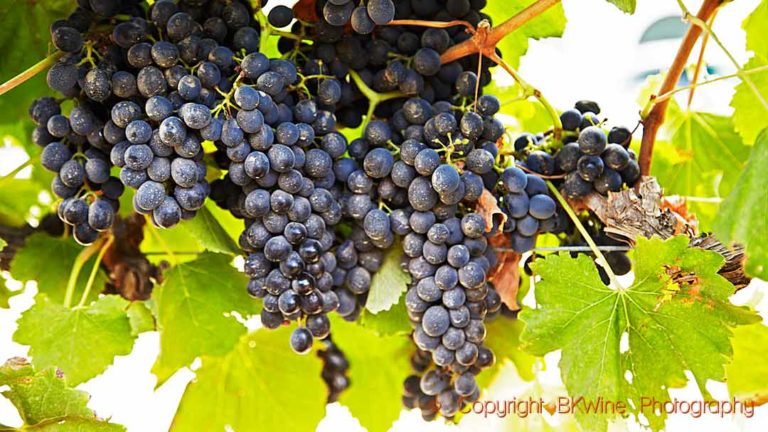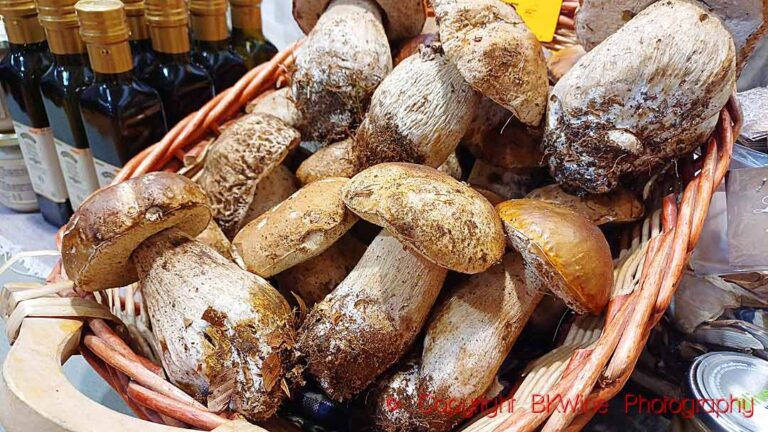2023 was the smallest harvest in Australia in 23 years. The problem this season has mainly been various diseases in the vineyard. The Riverland in South Australia has been badly affected and a whopping 32% of Australia’s grapes come from this region.
The Riverland is a huge agricultural region (almost half the size of New Jersey but with a population of 35,000) where grapes, citrus fruits, almonds, and other fruits are grown, all with the help of water from the Murray River.
The growers have had several problems these last few years, including China’s punitive tariffs on Australian wine in 2021 and the severe floodings in 2022 that made the tourists stay away. And 2023 has been an unprecedented year of diseases.
A big problem is abandoned vineyards, which are thought to spread diseases because no one takes care of them and, if necessary, sprays against, e.g., fungal diseases or other parasites. They can function as reservoirs for various illnesses. Wine organisations are now calling for a change in the law to allow spraying of neglected vineyards without the owner’s permission.
In many cases, you cannot even get hold of the owners. But doing so today could be considered chemical trespass under a 1993 Environmental Protection Act. (This is a serious problem in other countries as well, we’ve seen it in Moldova, but abandoned vineyards are a big headache in France and other countries as well.)
Read more: abc












